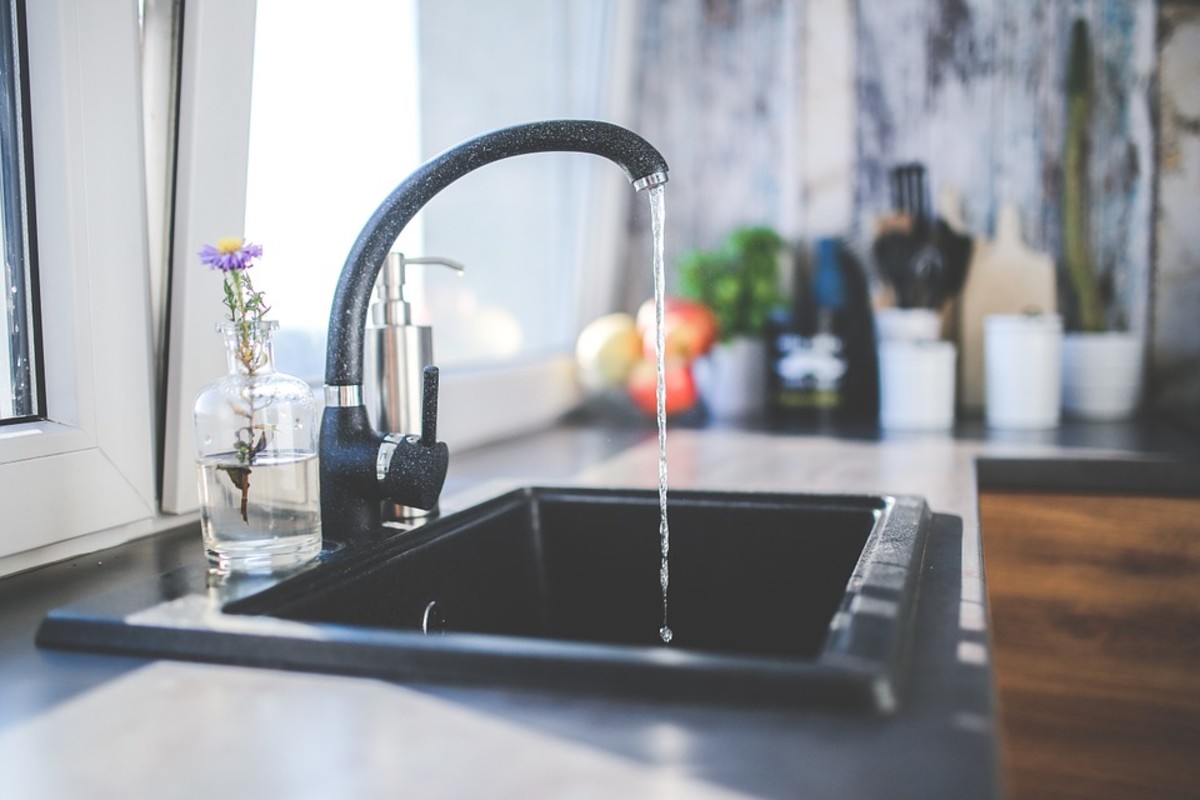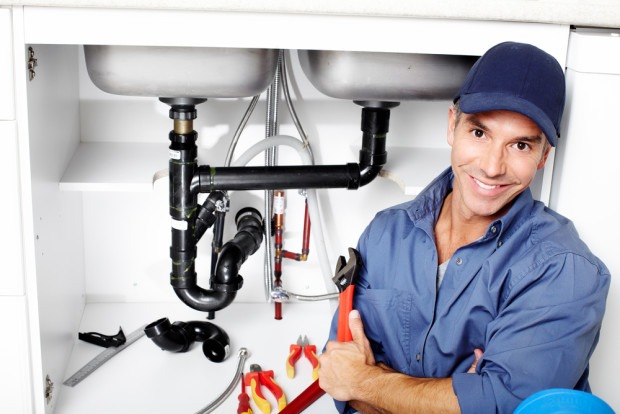Why is My Home Making Strange Plumbing Sounds?
Why is My Home Making Strange Plumbing Sounds?
Blog Article
The content which follows involving Diagnose Unwanted Plumbing Noises is unquestionably captivating. You should investigate for yourself.

To diagnose noisy plumbing, it is necessary to establish very first whether the unwanted audios occur on the system's inlet side-in various other words, when water is turned on-or on the drain side. Sounds on the inlet side have varied causes: excessive water stress, used valve and tap components, poorly connected pumps or various other devices, improperly put pipe bolts, and also plumbing runs consisting of too many tight bends or various other limitations. Noises on the drainpipe side generally come from inadequate area or, just like some inlet side noise, a layout consisting of tight bends.
Hissing
Hissing sound that happens when a faucet is opened slightly normally signals extreme water pressure. Consult your neighborhood water company if you believe this problem; it will be able to tell you the water stress in your area and also can mount a pressurereducing valve on the inbound water pipe if essential.
Thudding
Thudding noise, usually accompanied by shivering pipes, when a tap or appliance valve is shut off is a condition called water hammer. The noise and resonance are brought on by the resounding wave of pressure in the water, which suddenly has no area to go. Occasionally opening up a shutoff that discharges water rapidly into an area of piping consisting of a constraint, joint, or tee installation can create the exact same condition.
Water hammer can normally be treated by setting up fittings called air chambers or shock absorbers in the plumbing to which the issue valves or faucets are attached. These tools permit the shock wave produced by the halted flow of water to dissipate airborne they have, which (unlike water) is compressible.
Older plumbing systems might have short vertical sections of capped pipe behind walls on faucet competes the very same function; these can ultimately fill with water, reducing or destroying their performance. The remedy is to drain the water system totally by turning off the main water supply shutoff and also opening all faucets. After that open the major supply shutoff and shut the taps one by one, starting with the faucet nearest the shutoff and finishing with the one farthest away.
Babbling or Shrilling
Extreme chattering or shrieking that happens when a valve or faucet is turned on, and that usually goes away when the installation is opened completely, signals loose or defective inner components. The option is to replace the valve or faucet with a new one.
Pumps as well as appliances such as washing devices as well as dishwashing machines can transfer motor noise to pipes if they are improperly attached. Connect such things to plumbing with plastic or rubber hoses-never inflexible pipe-to isolate them.
Various Other Inlet Side Noises
Squeaking, squealing, scraping, snapping, and tapping typically are caused by the expansion or tightening of pipelines, normally copper ones providing hot water. The sounds occur as the pipelines slide versus loose fasteners or strike neighboring home framing. You can often determine the place of the problem if the pipes are revealed; just follow the noise when the pipes are making noise. More than likely you will certainly discover a loosened pipe hanger or a location where pipelines lie so near floor joists or other framing items that they clatter versus them. Connecting foam pipeline insulation around the pipelines at the point of call should correct the trouble. Be sure bands and also hangers are safe and supply adequate support. Where feasible, pipe bolts need to be connected to huge architectural components such as foundation walls instead of to framing; doing so reduces the transmission of resonances from plumbing to surface areas that can amplify and move them. If affixing fasteners to framing is inescapable, cover pipes with insulation or other durable product where they speak to bolts, and sandwich the ends of new fasteners in between rubber washing machines when installing them.
Correcting plumbing runs that struggle with flow-restricting tight or many bends is a last resort that should be carried out just after seeking advice from an experienced plumbing specialist. Unfortunately, this circumstance is relatively common in older homes that may not have actually been developed with indoor plumbing or that have seen a number of remodels, particularly by novices.
Drain Sound
On the drainpipe side of plumbing, the principal goals are to get rid of surface areas that can be struck by dropping or rushing water and to insulate pipes to have inescapable sounds.
In brand-new construction, bathtubs, shower stalls, toilets, as well as wallmounted sinks as well as containers need to be set on or versus resilient underlayments to decrease the transmission of noise with them. Water-saving bathrooms and also taps are much less loud than standard versions; mount them as opposed to older kinds even if codes in your location still permit making use of older components.
Drains that do not run up and down to the cellar or that branch right into straight pipeline runs sustained at flooring joists or various other mounting existing specifically bothersome sound troubles. Such pipelines are huge sufficient to emit substantial resonance; they additionally lug substantial quantities of water, that makes the scenario even worse. In brand-new building and construction, define cast-iron dirt pipelines (the big pipelines that drain pipes bathrooms) if you can afford them. Their massiveness contains much of the noise made by water travelling through them. Likewise, prevent transmitting drains in wall surfaces shared with bedrooms as well as spaces where individuals collect. Wall surfaces consisting of drains ought to be soundproofed as was explained earlier, using dual panels of sound-insulating fiberboard and wallboard. Pipelines themselves can be covered with unique fiberglass insulation made for the purpose; such pipelines have a resistant vinyl skin (in some cases including lead). Results are not constantly sufficient.
WHY IS MY PLUMBING MAKING SO MUCH NOISE?
This noise indeed sounds like someone is banging a hammer against your pipes! It happens when a faucet is opened, allowed to run for a bit, then quickly shut — causing the rushing water to slam against the shut-off valve.
To remedy this, you’ll need to check and refill your air chamber. Air chambers are filled with — you guessed it — air and help absorb the shock of moving water (that comes to a sudden stop). Over time, these chambers can fill with water, making them less effective.
You’ll want to turn off your home’s water supply, then open ALL faucets (from the bathroom sink to outdoor hose bib) to drain your pipes. Then, turn the water back on and hopefully the noise stops! If you’re still hearing the sound, give us a call to examine further.
Whistles
Whistling sounds can be frustrating, as sometimes the source isn’t easily identified. However, if you can pinpoint which faucet or valve that may be the cause, you’ll likely encounter a worn gasket or washer — an easy fix if you replace the worn parts!Whistling sounds from elsewhere can mean a number of things — from high water pressure to mineral deposits. Your best plan of attack here is to give our plumbing experts a call. We’ll be able to determine where the noise is coming from and what the cause may be, then recommend an effective fix!
Cracks or Ticks
Cracking or ticking typically comes from hot water going through cold, copper pipes. This causes the copper to expand resulting in a cracking or ticking sound. Once the pipes stop expanding, the noise should stop as well.
Pro tip: you may want to lower the temperature of your water heater to see if that helps lessen the sound, or wrapping the pipe in insulation can also help muffle the noise.
Bangs
Bangs typically come from water pressure that’s too high. To test for high water pressure, get a pressure gauge and attach it to your faucet. Water pressure should be no higher than 80 psi (pounds per square inch) and also no lower than 40 psi. If you find a number greater than 80 psi, then you’ve found your problem!
Next step is to give us a call in order to install a pressure regulator. Trust us, you don’t want to wait to resolve this issue. Not only is the sound annoying, but high water pressure can be destructive to your home — including damaging certain appliances, like your washer and dishwasher.
Dripping
You might be accustom to the slow quiet drip your kitchen faucet makes. You might have even tuned out your bathroom sink dripping and drabbing all day long — but it’s time to find its cause.
A slow drip could signify a variety of easy to fix issues, such as a worn out O ring, or loose part. And by ignoring the drip, you could be wasting up to 2,000 gallons of water a year! So start conserving water — get it looked at ASAP.
https://www.pwessig.com/blog/2018/december/why-is-my-plumbing-making-so-much-noise-/

I stumbled upon that write up about Why Do My Pipes Make Noises when scouting around the internet. Liked our blog? Please share it. Let others find it. We love reading our article about Why Do My Pipes Make Noises.
Schedule Free Estimate Report this page